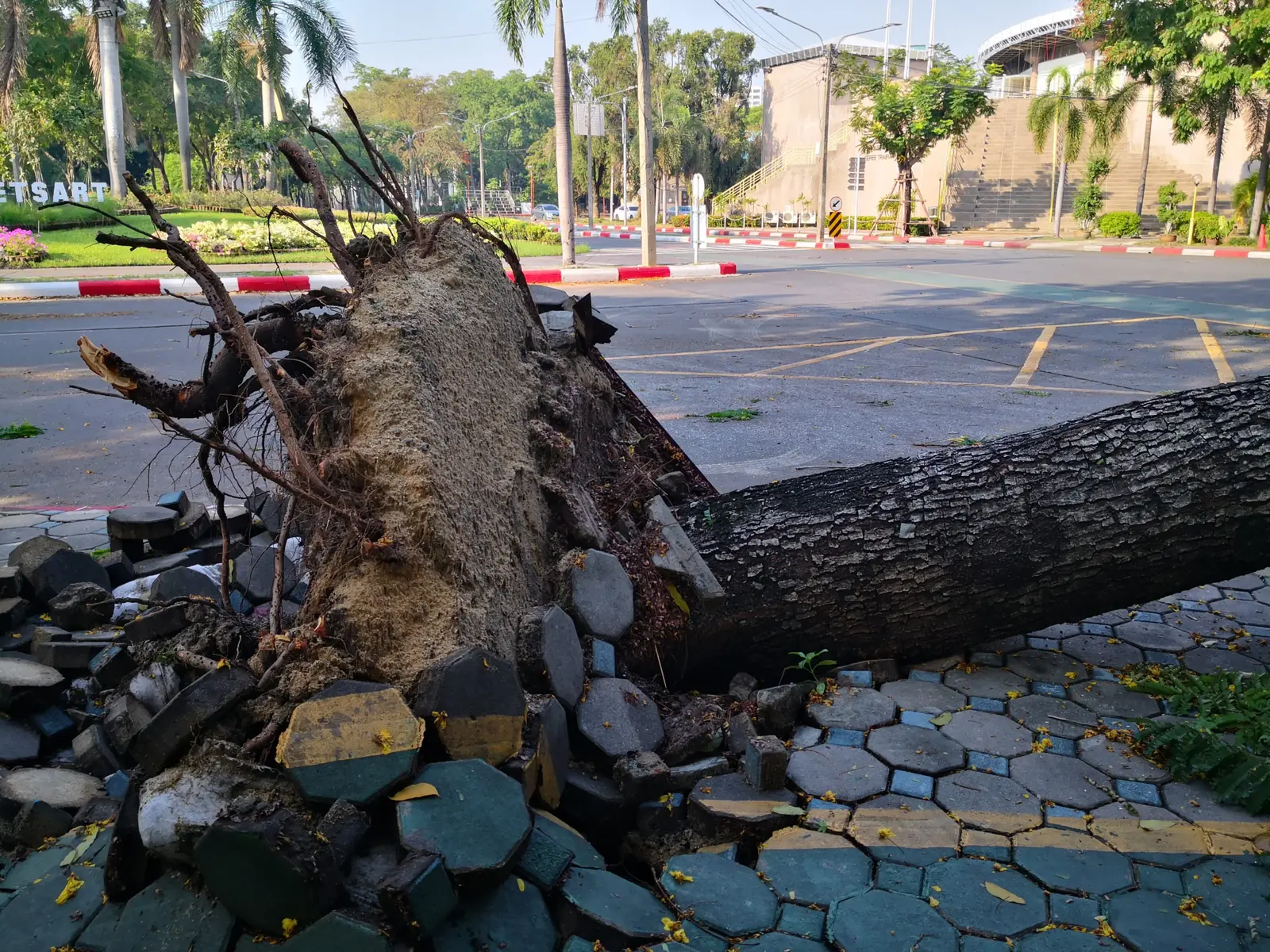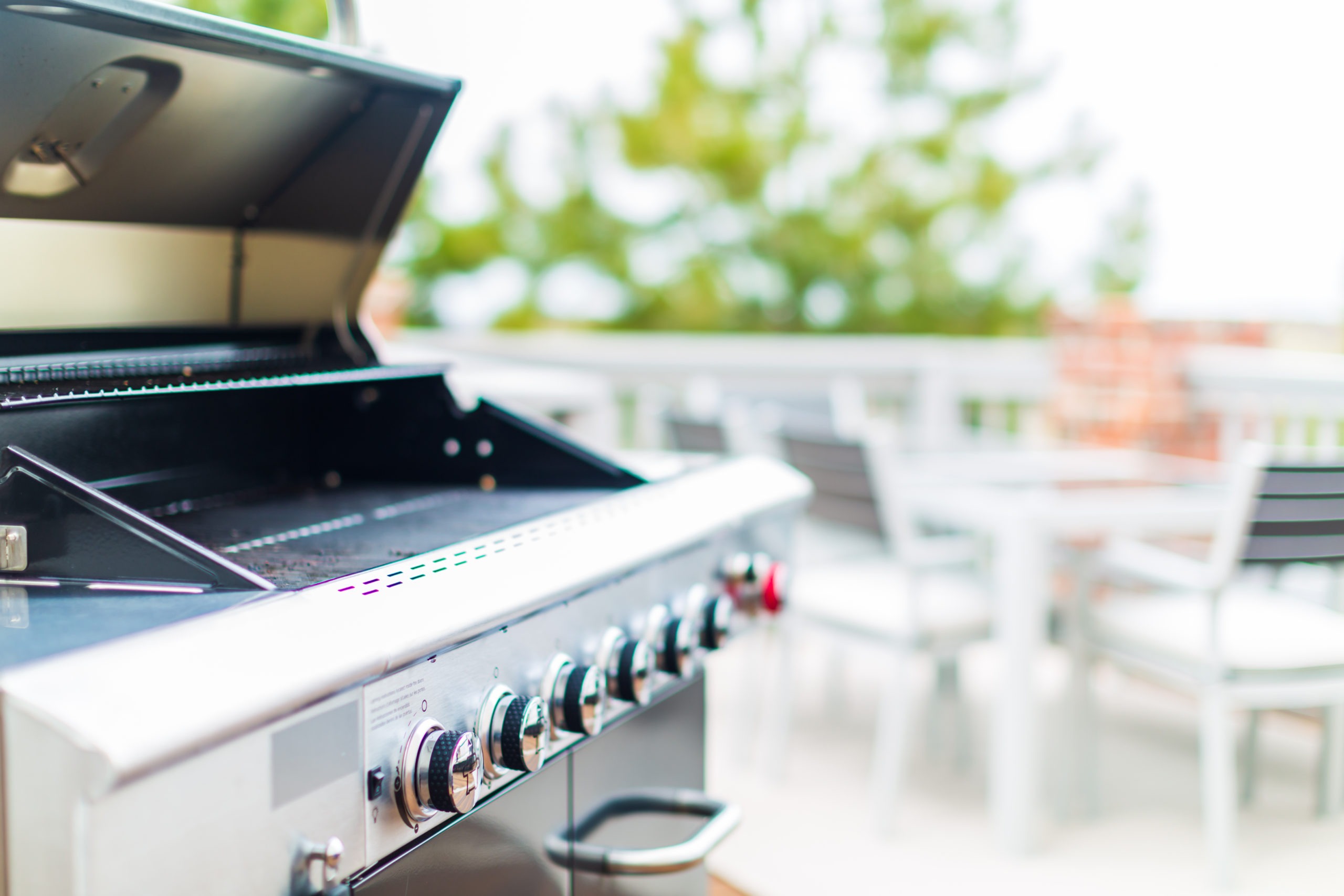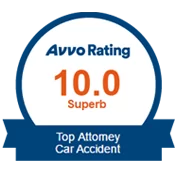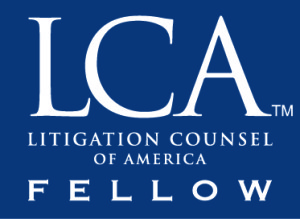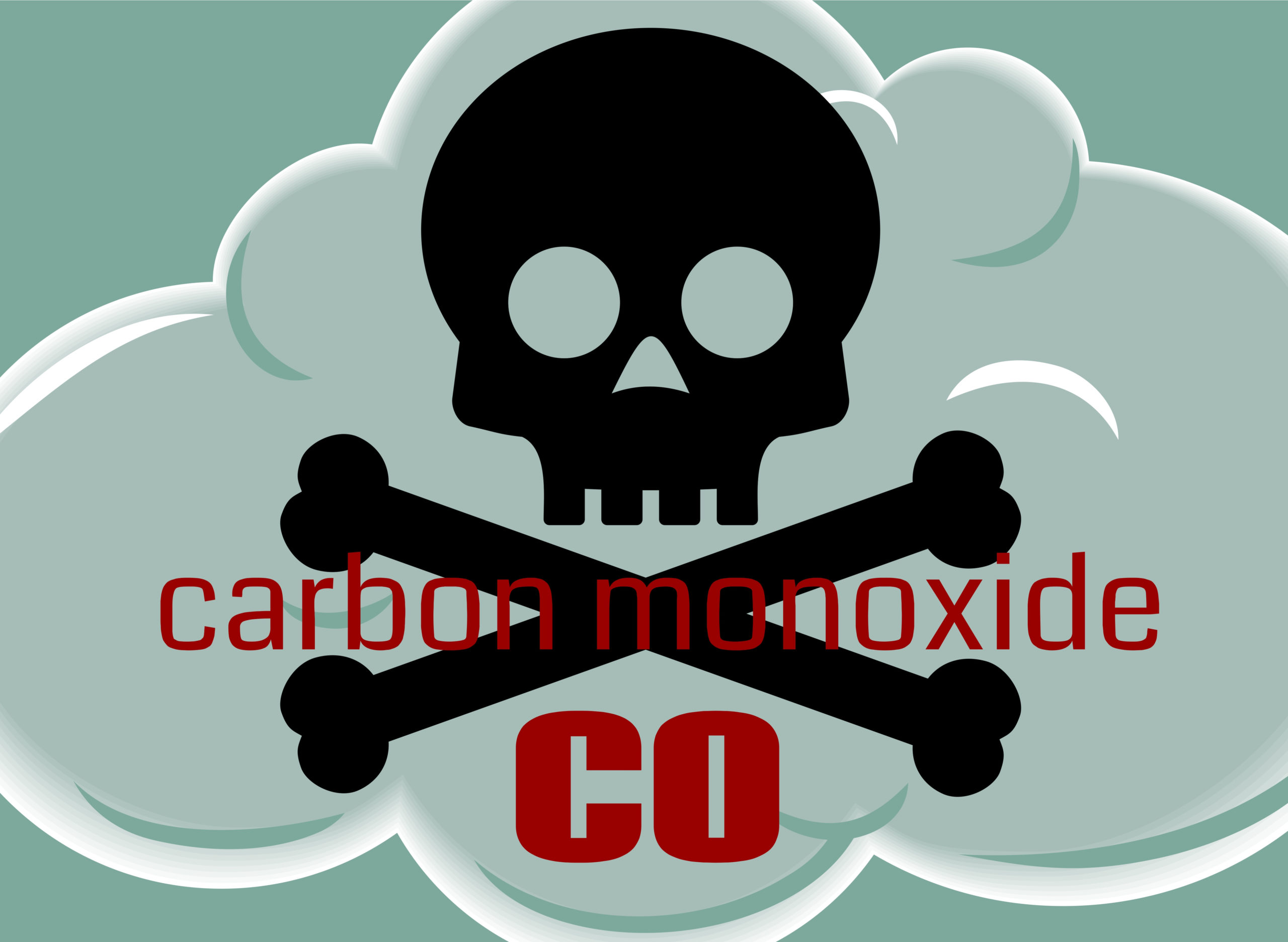
Camping Equipment Safety: Carbon Monoxide Poisoning
Most campers know to avoid wild animals and wear bug spray to avoid dangerous insects out in the wilderness. But sometimes your own camping equipment is the biggest safety hazard in the wilderness.
Carbon monoxide poisoning kills more than 150 people in the U.S. each year, according to the Consumer Product Safety Commission. Between 2002 and 2006, approximately 25 people died from carbon monoxide poisoning associated with camping equipment like stoves, lanterns, and grills.
When the sun sets and evening temperatures drop, unprepared campers sometimes overlook—or are unaware of—the danger of carbon monoxide poisoning and bring fuel-burning heaters, stoves, or grills inside tents or campers. Smoldering charcoal emits large amounts of carbon monoxide, as well as camping stoves and heaters, which are designed to be used out in the open air.
The carbon monoxide becomes too concentrated when contained in a tent or camper, creating dangerous levels of carbon monoxide exposure. (Keep in mind that opening tent flaps, doors, and windows is not sufficient to prevent carbon monoxide poisoning.) When sleeping, campers are unable to identify the early symptoms of carbon monoxide poisoning, leading to more severe symptoms and sometimes death.
To stay safe while camping, never use lanterns or portable heaters while sleeping in campers, tents, or vehicles. (This is especially important to remember when camping at high altitudes, where the danger of carbon monoxide increases.) Also, be sure to pay attention to your exhaust. Even when the actual fuel-burning device is used outdoors, the exhaust should not vent into an enclosed area.
To avoid carbon monoxide poisoning, remember to:
- Bring extra clothes and bedding to keep yourself warm
- Consume extra food and fluids while camping to keep your body temperature up
- Never operate stoves or grills in an enclosed space
- Never use a fuel-burning appliance to heat a tent or awning
- Pay attention to cold-like symptoms and see a doctor immediately if they develop
- Have gas appliances in your camper serviced regularly by a professional
If you or a family member come down with cold or flu symptoms during your camping trip, see a doctor as soon as possible. The symptoms of carbon monoxide poisoning, which are detailed below, are often mistaken for the common cold or flu. Keep in mind that the consumption of alcohol or drugs can reduce your ability to recognize symptoms of carbon monoxide poisoning.
Carbon monoxide is an odorless, colorless gas that is usually undetectable by human senses. Low to moderate carbon monoxide poisoning brings on symptoms that are similar to the flu, minus the fever. Symptoms of low to moderate poisoning include:
- Fatigue
- Headache
- Nausea
- Shortness of breath
- Dizziness
Longer exposure or higher levels of carbon monoxide bring about more serious symptoms, which include:
- Vomiting
- Mental confusion
- Loss of muscular coordination
- Loss of consciousness
- Death
Ultimately, carbon monoxide weakens the body’s ability to carry oxygen in the bloodstream, which leads to unconsciousness and death if not treated right away. The danger of carbon monoxide poisoning is greater for unborn children, infants, smokers, the elderly, and people with circulatory system or blood problems, including anemia and heart disease.



